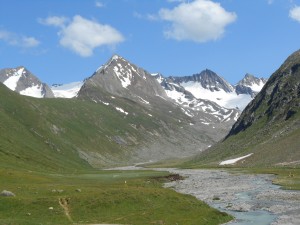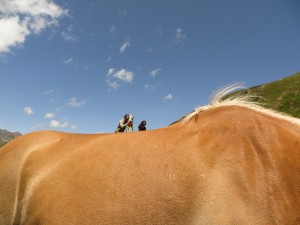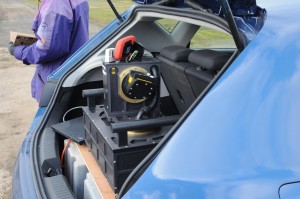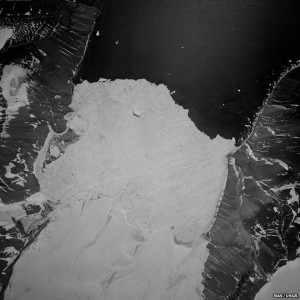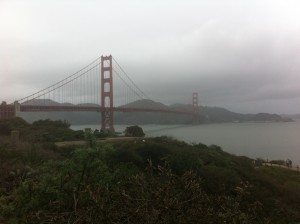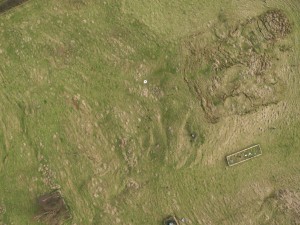Anyone with any experience of working/visiting the Geomatics group will know that, just like in most other academic establishments, visits to the pub at the end of a hard week are just as important as anything else that happens during the working week. To this end, the Friday night pub call is now well and truly part of the culture of the group, and without some would be inclined to say they would feel lost without this. However, the visit to the pub could be argued to have fallen into the shadow of the call email itself, which depending on the sender, can tell a complex story which few understand and can only read with a face of utter bewilderment.
So, to cut to the chase, as an exploratory piece of ‘academic research’ we have compiled a comprehensive database, going back to the creation of the GWRS call email list, 2008, until the current day. Every pub call ever made over the past 7 years, that’s 397 Fridays, the pub and the person who made the call have been recorded (though some are blank due to public holidays and missing data). Further data has then been added including the weather to allow us to explore the call data in more detail, and attempt to understand any patterns which may or may not be present.
To start with, and to end this initial post here, below are some key initial statistics on the data we have collected.
Top 10 Pub Calls
| Hotspur | 50 |
| Bacchus | 48 |
| Strawberry | 42 |
| Bodega | 29 |
| Lady Grey | 20 |
| Newcastle Arms | 12 |
| Town Wall | 11 |
| Bridge Hotel | 10 |
| LYH | 9 |
| Five Swans | 9 |
Caller Stats
| Caller | Favourite Pub | Number of Calls | Number of Unique Pubs called |
| Martin Robertson | Strawberry ( 33 ) | 207 | 34 |
| Laura Hanson | Hotspur ( 11 ) | 37 | 15 |
| Ali Ford | Bodega ( 10 ) | 27 | 12 |
| Matt Goode | Five Swans ( 3 ) | 15 | 11 |
| Claire Walsh | Cluny & Tilleys & Bacchus & Town Wall & Bodega & Strawberry & Trent House & Collingwood & Hotspur & Forth ( 1 ) | 10 | 10 |
| Richard Dawson | Bacchus & Hotspur ( 2 ) | 7 | 5 |
| Peter Clarke | Hotspur ( 2 ) | 4 | 3 |
| Tom Holderness | Carriage & Bodega & Hotspur ( 1 ) | 3 | 3 |
| Ian Thomas | Hotspur ( 2 ) | 3 | 2 |
Top 10 Warmest Pubs
| Average Temperature recorded in Newcastle at 5pm (c) | Pub | Number of Calls |
| 16.5 | Free Trade | 4 |
| 14.5 | Centurion | 2 |
| 14 | Northern Stage | 3 |
| 13.5 | Tilleys | 4 |
| 13.4444444444 | Five Swans | 9 |
| 13.2 | Pleased To Meet You | 5 |
| 13.2 | Bridge Hotel | 10 |
| 12.6666666667 | Bar Loco | 6 |
| 12.5 | City Tavern | 4 |
| 12.0344827586 | Bodega | 29 |
Mean Weighted cntre of pub clals
Craig and Neil.

